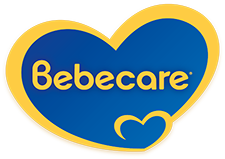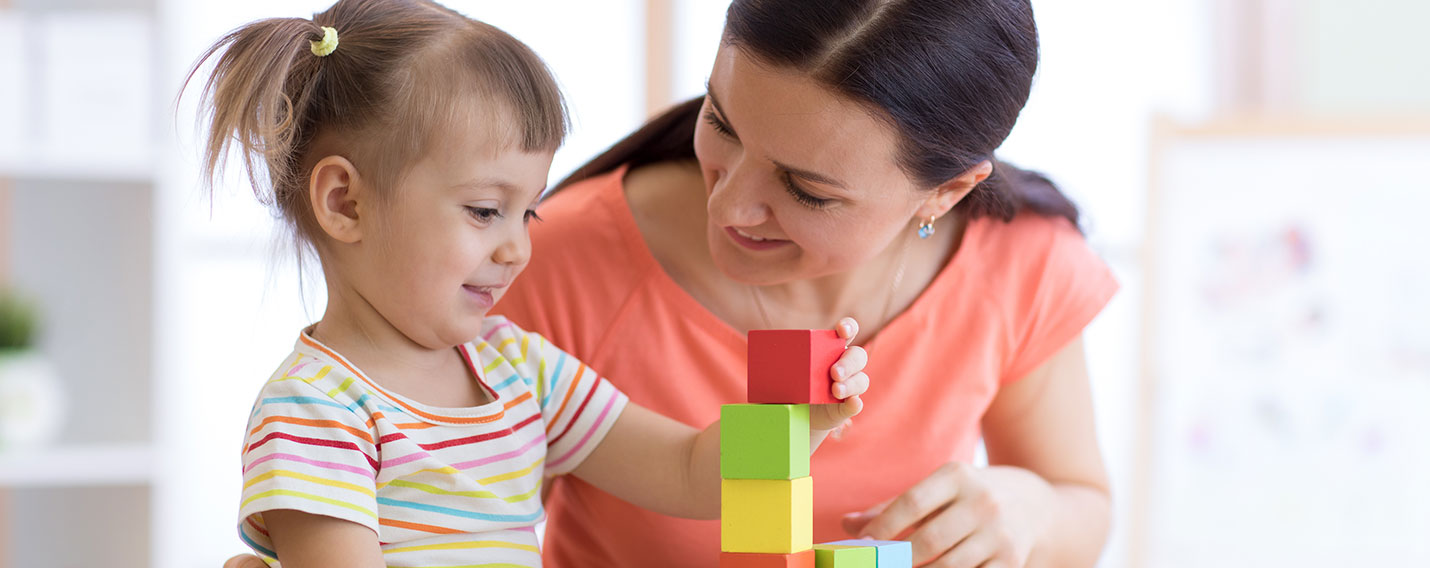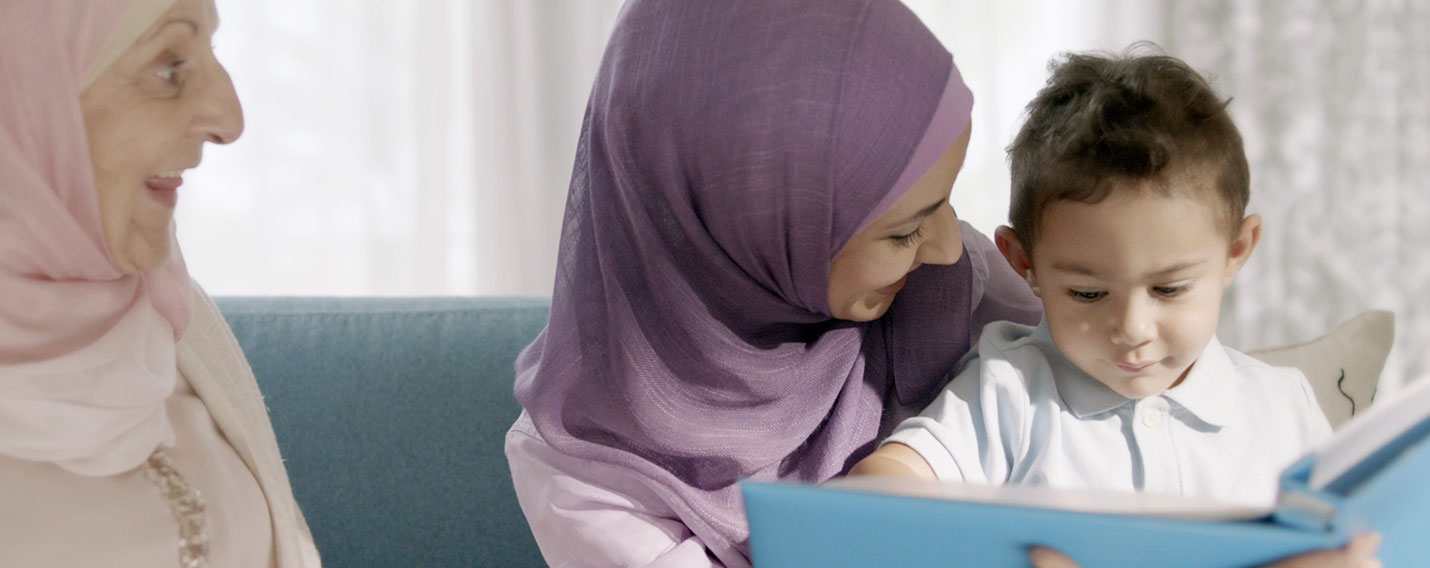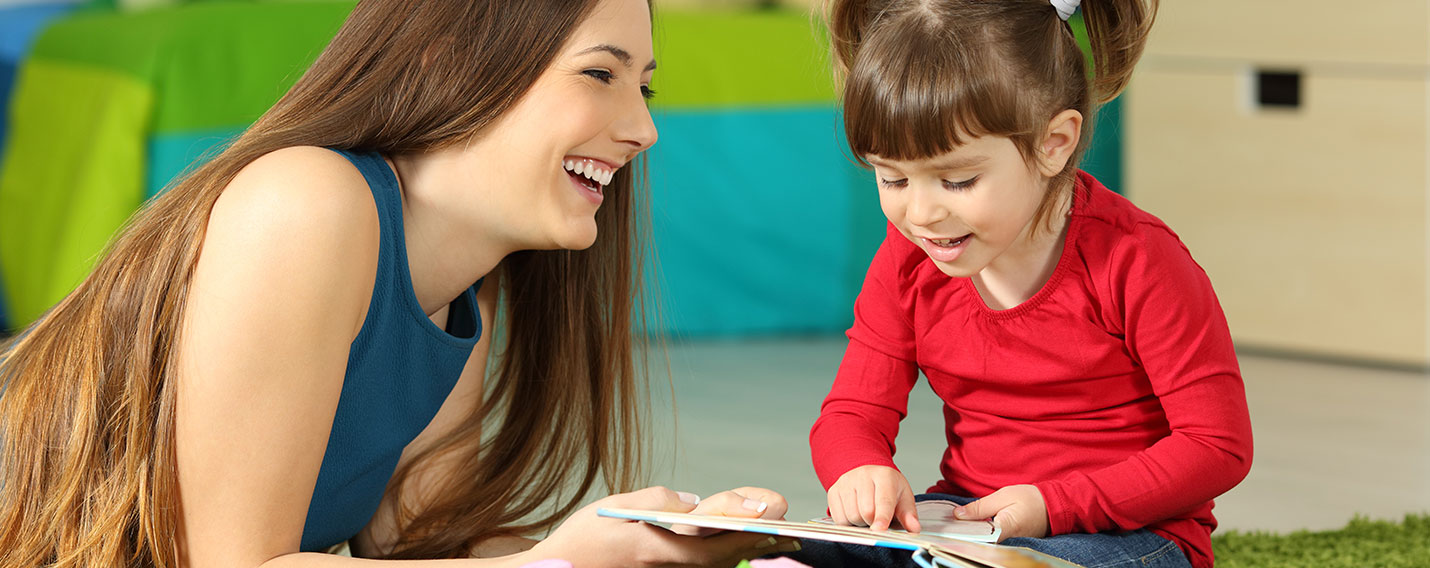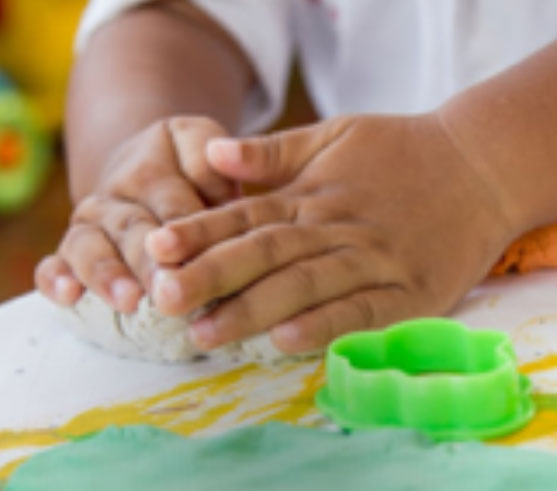 Play Dough
Play Dough
How to Do:
- Your child can use rolling pins, cookie cutters, and play scissors to manipulate and decorate play dough.
- Tip: you can quickly make healthy play dough at home! There are numerous recipes on google!
- Vocabulary, as you talk to your child about shapes/items and their names
- Hand-eye coordination, as your child develops strength, dexterity, and control needed to manipulate dough and cutting items
- Family interaction during this activity enhances understanding of each other’s thinking patterns and increases child’s self-control.
What Does it Teach?
 Scavenger Hunt
Scavenger Hunt
How to Do:
- Get your child a new puzzle and hide the pieces around the house. Give them new directions when they find a piece like “Now look under the table.” or draw them a graphical map and help them read it.
- Give them a little bag to collect the pieces in and then you can solve the puzzle together.
- Develops problem-solving skills as your child learns to look for clues, engage in trial and error, plan new ways of solving the clues and discussing possible solutions as well
- Family relationships are strengthened as your children learn to cooperate and collaborate as a team in finding the pieces
- Enhances listening and attention to details
What Does it Teach?
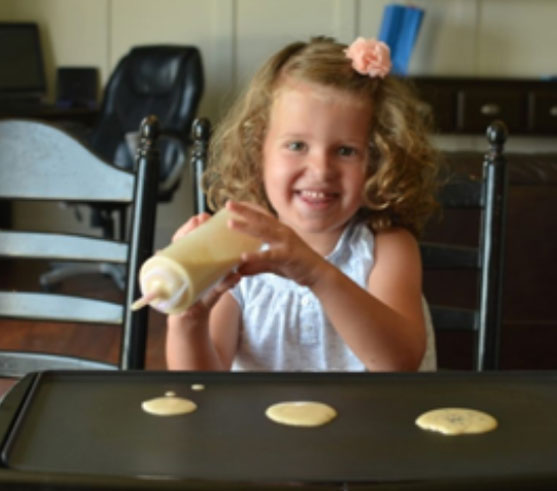 Number Pancakes
Number Pancakes
How to Do:
- When making pancakes, put some of the batter into a squeeze bottle and ask your child to write down a number for you on a piece of paper.
- He or she should show it to you and read it aloud.
- Go ahead and squeeze the batter onto the pan in the shape of that number.
- Number recognition
-
Great socializing opportunity with your child to
- encourage them and build their confidence
- find out how they express themselves
- help your child feel involved as an active family member in preparing meals and being in control of a small responsibility
What Does it Teach?
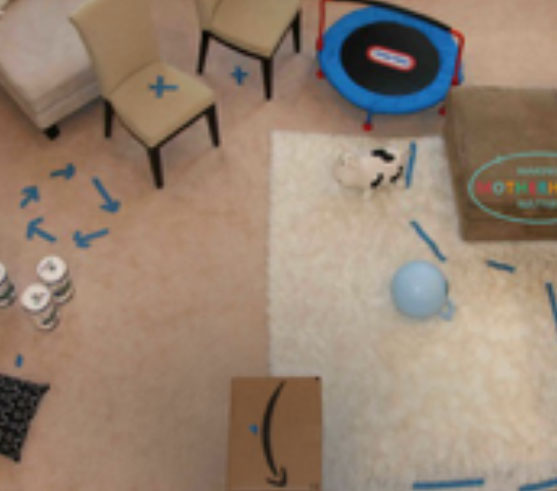 Create an Obstacle Course
Create an Obstacle Course
How to Do:
- Let your imagination run wild as you set up an obstacle course for your child. Have them crawl under tables, climb over chairs, jump over ropes, crawl through a cardboard box, throw a family of stuffed animals into a laundry basket, etc.
- Gross motor skills development as the child learns to coordinate arms, legs, and large body movements
- Concentration is enhanced as the child is trying to focus on coordinating body movements and reaching the end of the course
- Family bonds are strengthened during this activity especially if you engage in the course with your children too as you have fun and converse with each other in circumstances other than education and house chores
- You will help your child build social skills like taking turns, self-control, and showing affection (to those who fall in the course!)
What Does it Teach?
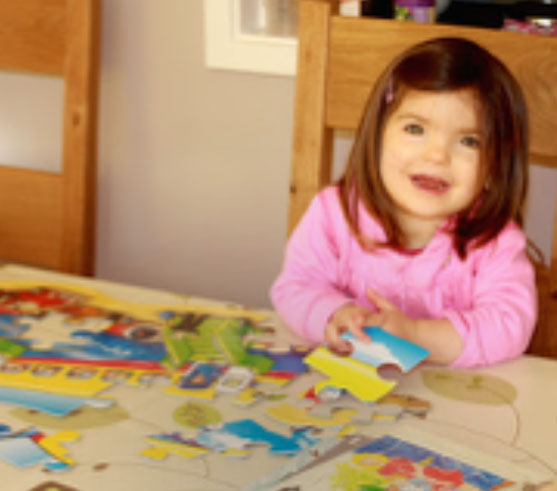 Jigsaw Puzzles
Jigsaw Puzzles
How to Do:
- Get a new puzzle that your child has not solved before and get cracking together.
- Fine motor skills as your child learns to manipulate the puzzle pieces with their fingers
- Family bonds are increased as you work as a team to build the puzzle and then enjoy the sense of achievement together
What Does it Teach?
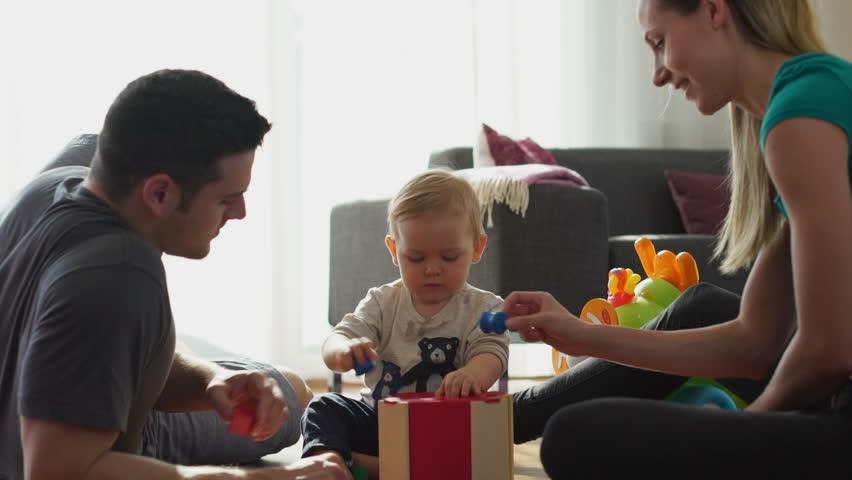 Building Blocks
Building Blocks
How to Do:
- Building blocks or Jenga are two fun games that require your child to figure out how to keep something stable and not let it topple over.
- Problem-solving skills, as your child is figuring out ways to build a stable structure
- It is a great opportunity to enhance family bonds as you converse with your child, helping them by thinking out loud and teaching them patterns of problem-solving
- Enhances the child’s sense of creativity
What Does it Teach?
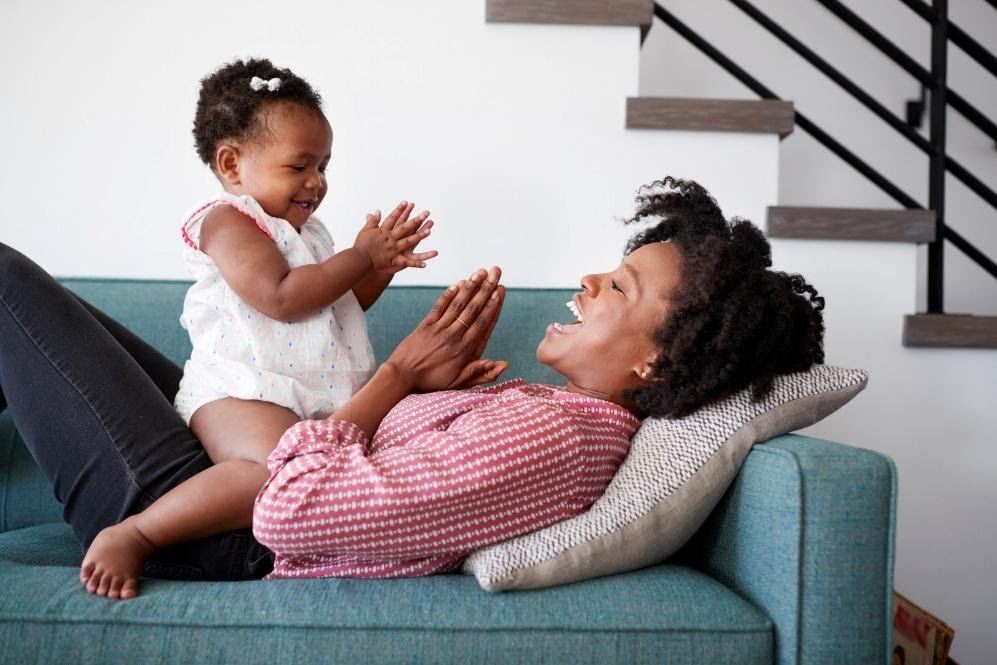 Beat & Repeat
Beat & Repeat
How to Do:
- Create a beat with two claps, and repeat. Can your child copy it? Have your child create beats with two claps. Any time someone misses, try again. Then make it three beats. How many beats can you get to? Four? Five? Six? This fun activity can be done anytime, anywhere!
- As your child copies your patterns and creates their own, they’re developing self-control and learning from their mistakes!
- A fun time to spend with your child and have a giggle while you teach them to listen and pay attention to the beat
What Does it Teach?
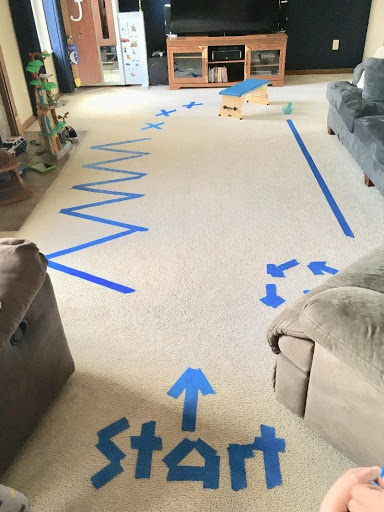 Balance Beam
Balance Beam
How to Do:
- Use any colored tape to make a straight line on the floor, or even set up a line of pillows! Encourage your child to walk forwards, backwards, and sideways. When your child masters a straight line, add semi-circles or zigzags to add a bit more of a challenge
- Gross motor skills are developed as your child is trying to manipulate their body to balance on a line
- Family bonds enhance during this time as you are encouraging your child, building their confidence, and dedicating time for them.
What Does it Teach?
 Guess Who
Guess Who
How to Do:
- Ask your child to think of a family member or friend without telling you who. Have him give you hints until you guess who the mystery person is. Then it’s your turn to play the same game with him.
- This guessing game helps your child develop critical thinking skills by figuring out the important clues.
- Conversations during this game are a social opportunity to converse with your child. The flow of conversation and going back and forth with questions, clues, and answers helps increase family relationships.
What Does it Teach?
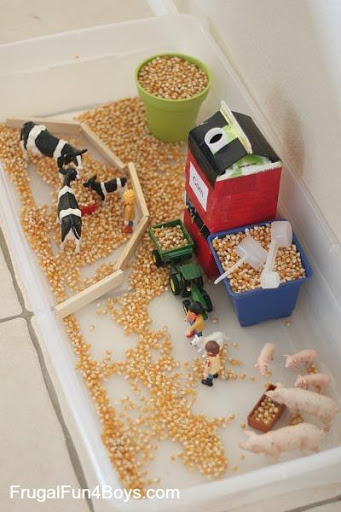 Farm Sensory Play
Farm Sensory Play
How to Do:
- Fill any plastic box available at home with some popcorn kernels and hide some farm animals in it then have your child find them as you sing the rhyme for McDonald’s Farm.
- For example during the line “And on his farm, he had some cows”, ask your child to find the cow.
- You can also add spoons and farm structures to make use of the box differently. Your child can fill smaller structures with the kernels and play with the animals as if in a real farm.
- Sensory skills as your child is touching the sand and different animals.
- Word association as you teach your child what each animal is called.
- Teaching your children in settings that do not feel educational are a great way to increase the quality of family time as you engage with your children on a level they understand and enjoy
What Does it Teach?
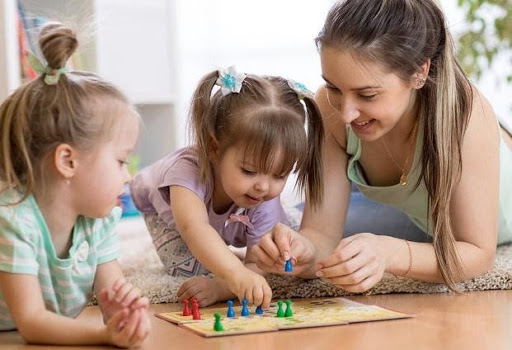 Board Games with the family
Board Games with the family
How to Do:
- Get some board games for your children, such as Snakes and Ladders or Pictionary.
- Each game teaches a different skill, but in general, board games teach strategy, problem-solving, cooperation, planning, socializing, and emotional regulation (especially when a child loses a game)
- They are usually the most socially interactive activities as you are not only discussing the game but talking about random things and building that bond with your child.
- It is a great opportunity to role model to your child ethical values, how to problem-solve, and regulating emotions.
What Does it Teach?
- Arora, M. (2018). Top 35 Activities for 4 Year Old Preschoolers. Retrieved from Parenting: First Cry: https://parenting.firstcry.com/articles/35-fun-learning-activities-for-4-year-old/
- Bright Horizons Education Team. (n.d.). Child Development: Activities for Everyday Brain Development and Building. Retrieved from Bright Horiizons: https://www.brighthorizons.com/family-resources/child-development-activities-for-everyday-brain-building
- Scandiffio, S. (2019). 49 fun physical activities to do with kids aged 2 to 4. Retrieved from Active For Life: https://activeforlife.com/49-fun-physical-activities-to-do-with-kids-aged-2-to-4/


